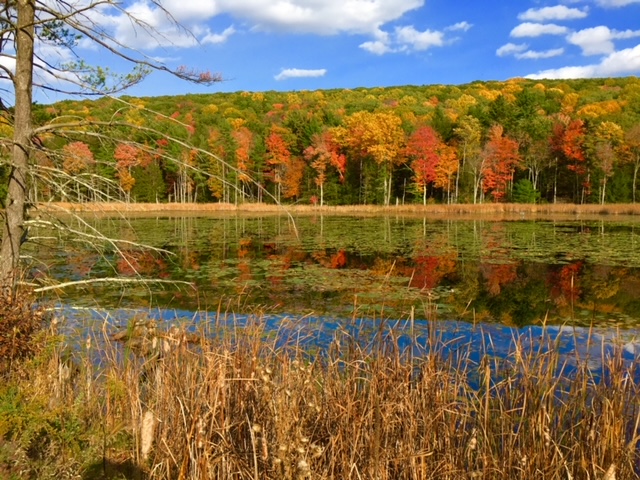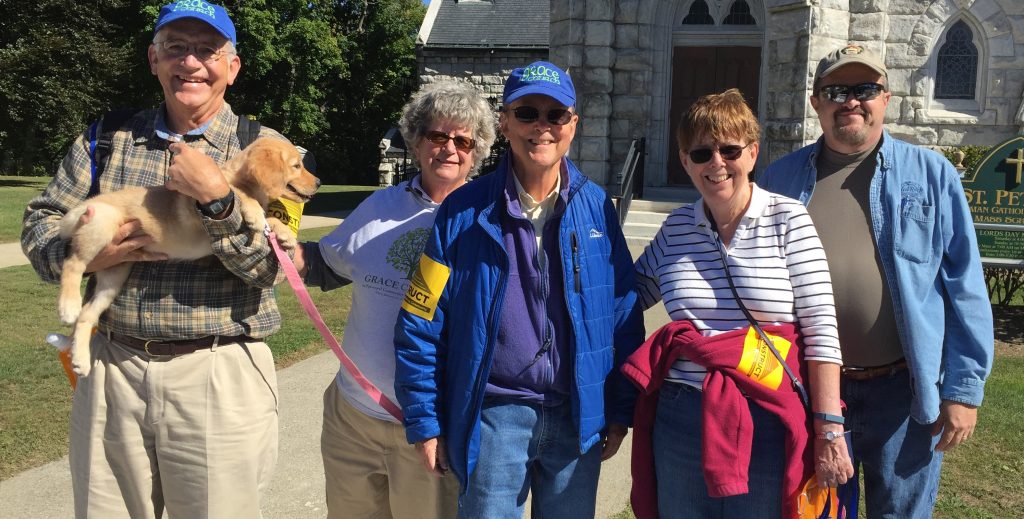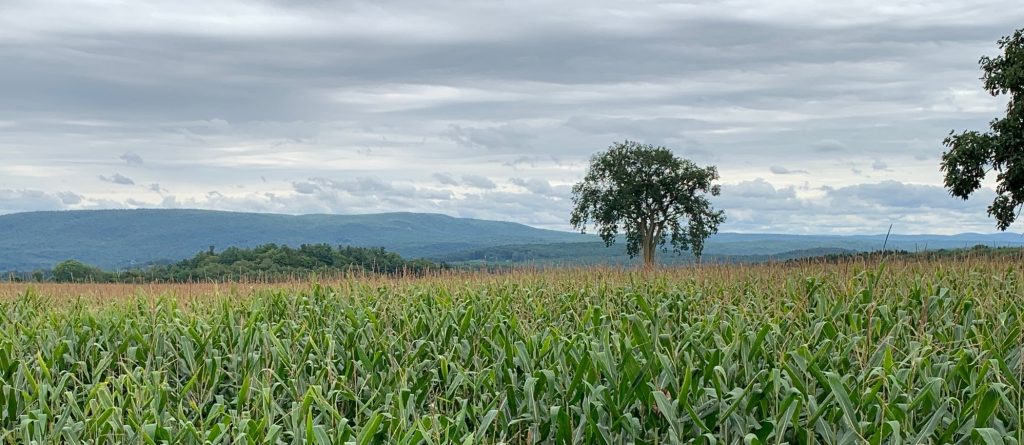
Earth’s crammed with heaven,
And every common bush afire with God;
But only he who sees, takes off his shoes.
Members of Grace inhabit the South Berkshire County commercial hubs of Lee and Great Barrington where our office, worship space, and garden are located, as well as the smaller surrounding villages. Our homes, our jobs, and our schools situate us in a beautiful rural and small town landscape that is rich in history, literature and the fine arts.
Local residents, tourists, and second-home owners from Boston and New York alike all enjoy the abundance of hiking trails, ski areas, and fall foliage displays. While these activities have not been impacted by the pandemic, much of our tourist-based economy, the world-renowned festivals of music, dance, and theater, summer camps, inns, and many restaurants took a big hit last year. Our year-round museums, group homes for children and adults with special needs, and the lively arts and crafts community have also been impacted. The robust farming community has had to make dramatic pivots away from supplying the closed hotels, restaurants, and resorts.
The demand at food pantries has increased since the pandemic began. Through the generosity of Grace Church’s local partner, Taft Farms, Gideon’s Garden was able to more than double its acreage and triple the produce delivered to pantries in 2020. You can read more about these particular challenges and outcomes in our 2020 Annual Report.
Geographically, South Berkshire County is the middle section of the Upper Housatonic Valley National Heritage Area where bands of the large Mohican nation lived and hunted before English and Dutch settlers both bought and took land from them in this area in the late 17th and early 18th centuries. These European settlers also brought with them African slaves who have left a rich and enduring legacy. Among their descendants are Great Barrington’s native son, W.E.B. Du Bois, the most compelling American voice of equality and father of the modern civil rights movement. Embraced world-wide, he was not always embraced in his hometown. With community work over the past few decades, that has begun to change, but there is much work ahead to overcome and heal the “problem of the color line.”

The attractions of history and heritage, beauty and recreation, pre-pandemic farm-to-table dining and improving access to high speed internet have prompted wealthier New Yorkers to relocate or spend more time here. Before COVID, the increased demand for agriculture and hospitality workers also attracted a largely Spanish-speaking immigrant population who have needed a place to live nearby.
Other essential workers, young teachers, and children of local families are now facing a critical shortage of local, affordable housing. Income inequality has been pressuring the housing market since before the pandemic, but so far local initiatives have been unable to move quickly enough.

Everybody here is God’s somebody. Are you interested in helping us to live Jesus’ Way of Love with the people here, at this time, in this place?
Learn more about …

